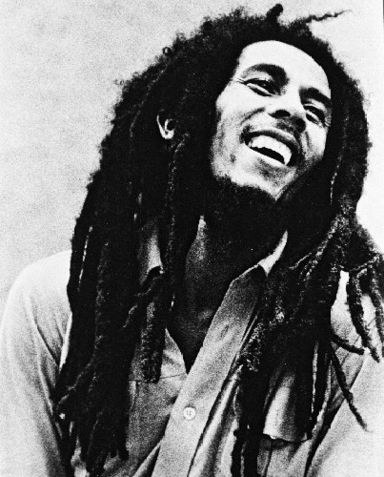Okay so my video is about a very specific experience one of my friends had with his religion. - his time spent in a Buddhist monastery in Nepal when he was 15. What i found most interesting was the different identities within what his life was like when he was in the monastery, and the identity when on a small American college campus. How can an very structured and symbolic lifestyle, even for an short period of time alter and shape the rest of your life and what they bring to another environment. The pictures within the video are there to help the viewer understand the drastic change in environment from a Nepal monastery to Appleton WI.
Also another interesting aspect to look at is how someone with this sort of religion can feel very natural in one environment but not necessarily in another. (like Nepal versus Appleton, WI). I think what you have to take from this instead is how you can take values learned from this experience and apply them to another lifestyle, such as on a college campus. Its almost how if a religion was placed in a new environment, instead of just a single person, and how the values and skills get applied to new experiences and environment- sometimes even altering the religion itself eventually to fit within their new context.













